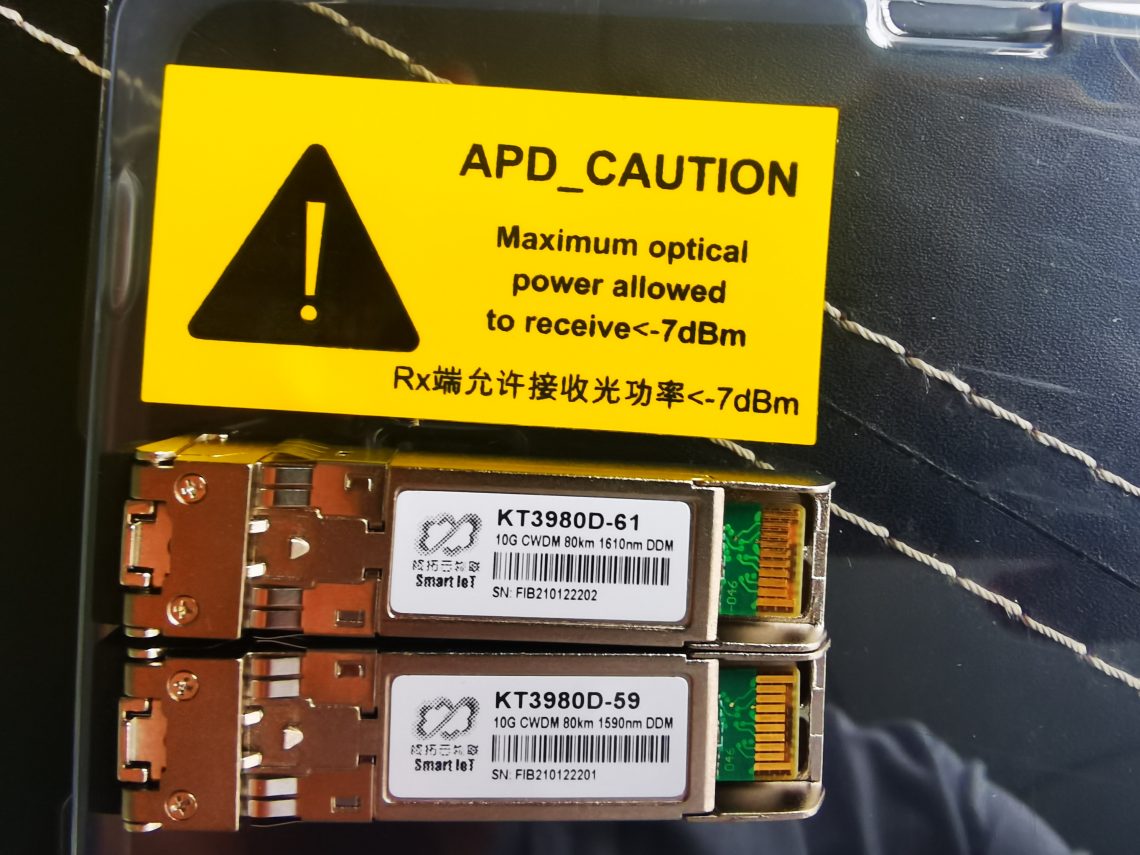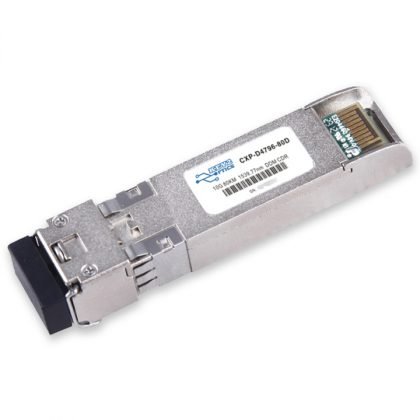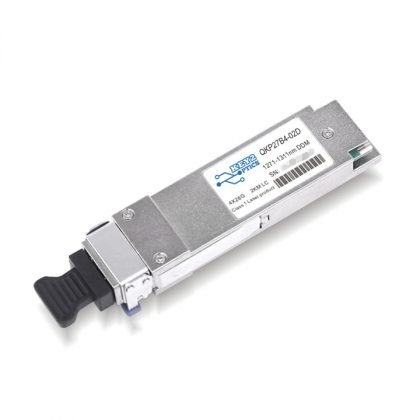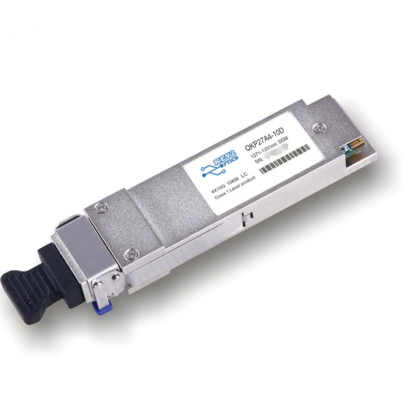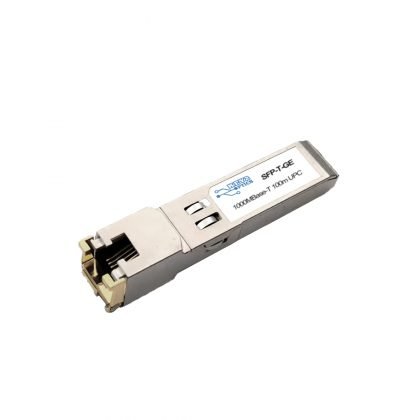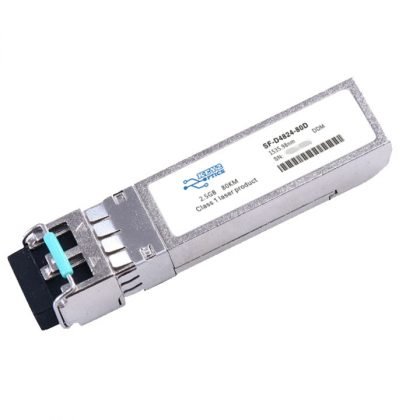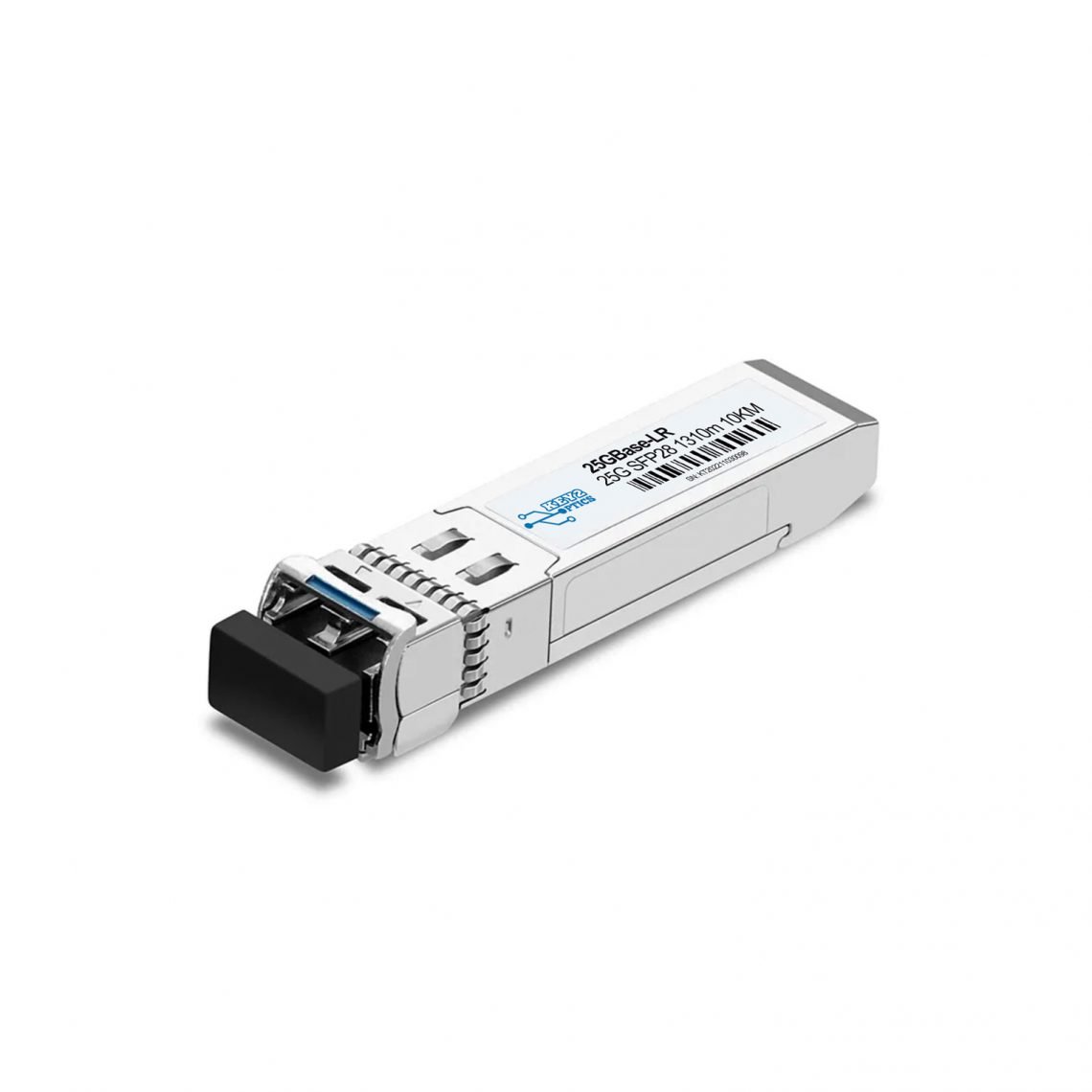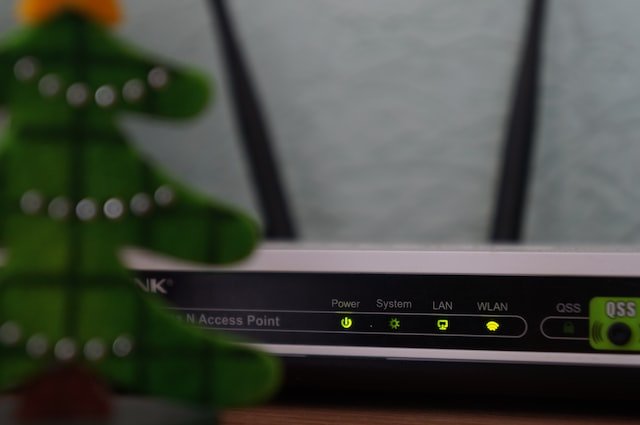The Key Parameters of a Good SFP Optical Module (What is SFP, QSFP, SFP+ QSFP+?)
For hardware development engineers, optical transceiver modules have many very important opto-electronic technical parameters, but for SFP and QSFP, two kinds of hot-swappable optical modules, only need to understand the following 3 main figures before understanding to find a good device.
Key2Optics.com
- First, is the central wavelength: the unit of nanometers (nm), there are currently three main kinds of.
1) 850nm (MM, for multimode fiber, low cost but short transmission distance, generally only 300M-500M)
2) 1310nm (SM, for single-mode fiber, large loss during transmission but small dispersion, generally used for transmission within 40KM).
3) 1550nm (SM, for single-mode fiber, low loss but high dispersion during transmission, generally used for long-distance transmission over 40KM, and can transmit up to 120KM without relay).
- Second, transmission rate: refers to the number of bits of data transmitted per second (bit), unit bps, there are six widely used: 155Mbps (SFP), 1.25Gbps (SFP), 2.5Gbps (SFP), 10Gbps (SFP+), 40GB (QSFP) 100GB (QSFP28), etc.
For the same type of interface, the transmission rate is generally backward compatible, so 155M optical modules are also known as FE (100 Megabit) optical modules, and 1.25G optical modules are also known as GE (Gigabit) optical modules, which are currently theed modules in optical transport equipment. In addition, the fiber optic storage system (SAN) it has a transmission rate of 2Gbps, 4Gbps, and 8Gbps.
- Third, the transmission distance, which is the direct transmitted distance of the optical signal without relay amplification, unit kilometer
Optical module generally has the following specifications: multimode 550m, single-mode 15km, 40km, 80km, and 120km, etc., please refer to the first description.
- Other concepts of optical modules
Besides the above 3 main technical parameters, optical modules have the following basic concepts, which only need to be understood briefly.
1) Laser category: The laser is the most central device in the optical module, injecting current into the semiconductor material and emitting laser light through the photon oscillation and gain of the resonant cavity. The most commonly used lasers at present are FP and DFB lasers. The difference between them is that the semiconductor material and resonant cavity structure are different, and the price of DFB lasers is much more expensive than that of FP lasers. FP lasers are generally used for optical modules with a transmission distance of 40KM or less; DFB lasers are generally used for optical modules with a transmission distance of ≥40KM.
(2) Loss and dispersion: Loss is the loss of light energy due to absorption scattering and leakage of light in the fiber, which is dissipated at a certain rate as the transmission distance increases. Dispersion is caused by the unequal speed of electromagnetic waves of different wavelengths propagating in the same medium, resulting in different wavelength components of the optical signal reaching the receiving end at different times due to the accumulation of transmission distances, resulting in pulse spreading and the inability to distinguish signal values. These two parameters mainly affect the transmission distance of the optical module, in the actual application process, the 1310nm optical module is generally calculated by 0.35dBm/km link loss, the 1550nm optical module is generally calculated by 0.20dBm/km link loss, and dispersion value calculation are very complex, generally only for reference.
(3) transmit optical power and receive sensitivity: transmit optical power refers to the output optical power of the light source at the transmitter side of the optical module, and receive sensitivity refers to the minimum received optical power of the optical module at a certain rate, BER. The unit of these two parameters is dBm (meaning decibel milliwatt, the logarithmic form of the power unit MW, the calculation formula is 10lg, 1mw converted to 0dBm), mainly used to define the transmission distance of the product, different wavelengths, transmission rates and transmission distance of optical modules optical transmit power and receive sensitivity will be different, as long as the transmission distance can be ensured.
(4) the service life of the optical module: the international unified standard, 7Х24 hours of uninterrupted work 50,000 hours (equivalent to 5 years).
(5) optical interface: SFP optical modules are all LC interface, GBIC optical modules are all SC interface, other interfaces are FC and ST, etc..
6) Operating temperature: 0~+70℃ (Commercial Grade), -20~+80℃ (Extended Grade), -40~+80℃ (Industrial Grade); Storage temperature: -45~+80℃; Operating voltage: 3.3V; Operating level: TTL/PECL/CML/LVDS.
Please download more specifications of our optical modules from the link.
Send us a message!
Please let us know if you have any requirements for optical modules.

